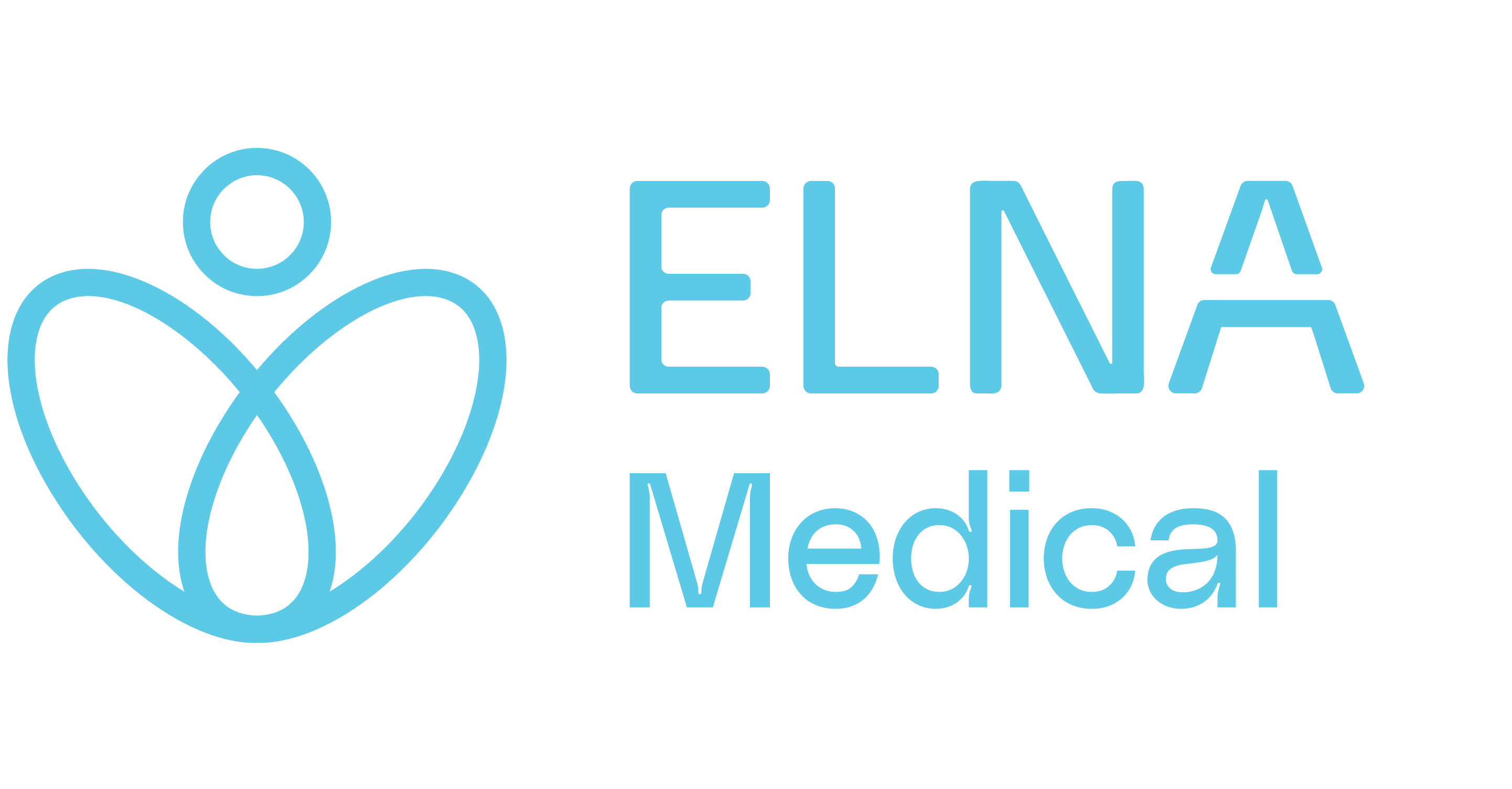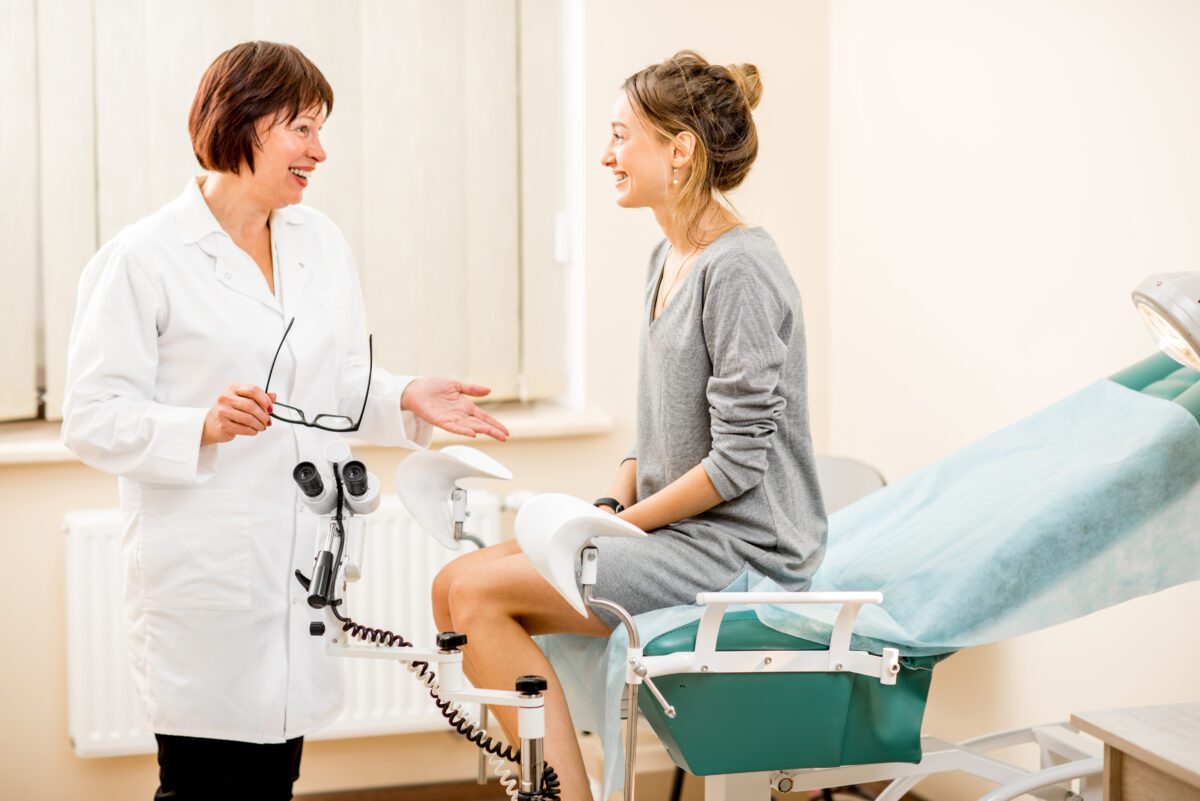Colposcopy
Your doctor may recommend a colposcopy if they suspect abnormal lesions on the cervix, especially following a Pap test. An abnormal Pap test result does not necessarily indicate an issue. A colposcopy will help determine if the abnormality requires any further treatment.
Depending on your situation, your doctor may perform a biopsy during your colposcopy. This procedure may produce a similar sensation to that of a Pap test. Some women report feeling cramps similar to menstrual cramps when a biopsy is performed. Slight bleeding is also common.
Our caring team of experienced gynecologists are here to ensure that your procedure is as comfortable as possible.
What happens during a colposcopy?
During the colposcopy, you will lie down as you would for any other gynecological examination.
Your gynecologist will use an instrument called a speculum to open the walls of your vagina and a colposcope to examine your cervix. They will then apply a vinegar-like liquid to the cervix to increase the contrast between abnormal and normal cells. Using the colposcope, your gynecologist will conduct a thorough examination of your cervix and vagina.
If a biopsy is required, your doctor will collect tissue and send it for further analysis.
You can return to your daily routine immediately following the procedure.
Colposcopy is covered by RAMQ but there are lab fees for biopsies.








